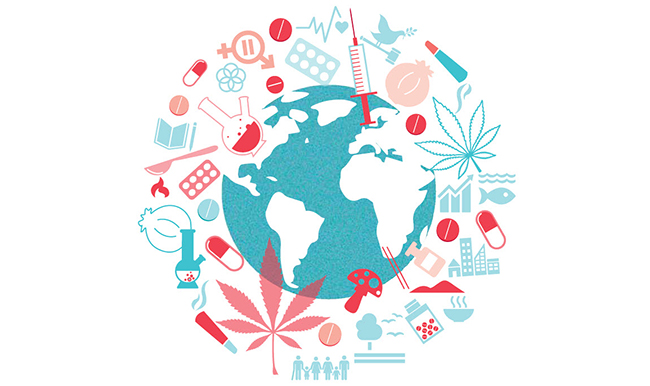 The percentage of employees in the combined U.S. workforce testing positive for drugs has steadily increased over the last three years to a 10-year high according to the latest Quest Diagnostics Drug Testing Index™ data. In the United States, the media spotlight on drug-related topics, such as the opioid epidemic, frame drug abuse and addiction as issues primarily experienced in America. If drug use is widespread domestically, what does the international drug use picture look like and what are the societal consequences associated with drug abuse and addiction abroad?
The percentage of employees in the combined U.S. workforce testing positive for drugs has steadily increased over the last three years to a 10-year high according to the latest Quest Diagnostics Drug Testing Index™ data. In the United States, the media spotlight on drug-related topics, such as the opioid epidemic, frame drug abuse and addiction as issues primarily experienced in America. If drug use is widespread domestically, what does the international drug use picture look like and what are the societal consequences associated with drug abuse and addiction abroad?
According to the United Nations Office on Drugs and Crime World Drug Report, a quarter of a billion people between ages of 15 and 64 used at least one drug in 2014. A number so large it is equivalent to the combined populations of France, Germany, Italy, and the United Kingdom. The comprehensive report highlights reasons for the rise in drug use as well as related geographical impacts.
The Americas – Heroin and morphine seizures rose to 7 tons per year over the time period of 2009-2014, and opium production in Latin American doubled from 151 tons per year to 309 tons per year over the same period of time.
Colombia – In 2014, the total area cultivating cocoa bush (the base for what eventually becomes cocaine,) accounted for 52 percent of global coca bush cultivation.
Europe – Eastern and Southeastern Europe see the highest prevalence of injecting drug use with 1.27 percent of the total European population aged 15-65 using intravenous drugs.
Islamic Republic of Iran – A study at an opioid substitution treatment clinic in the Zahedan Province showed that methamphetamine use among opioid users in treatment increased from 6 percent in 2009 to almost 20 percent in 2011.
Morocco – During 2009-2014, Morocco was the world’s largest producer of cannabis resin (hashish), closely followed by Afghanistan, Lebanon, India, and Pakistan.
Southeast Asia – In 2014, people receiving treatment for methamphetamine use accounted for the largest share of people treated for drug use in Brunei Darussalam, Cambodia, the Lao People’s Democratic Republic, The Philippines, Singapore, and Thailand.
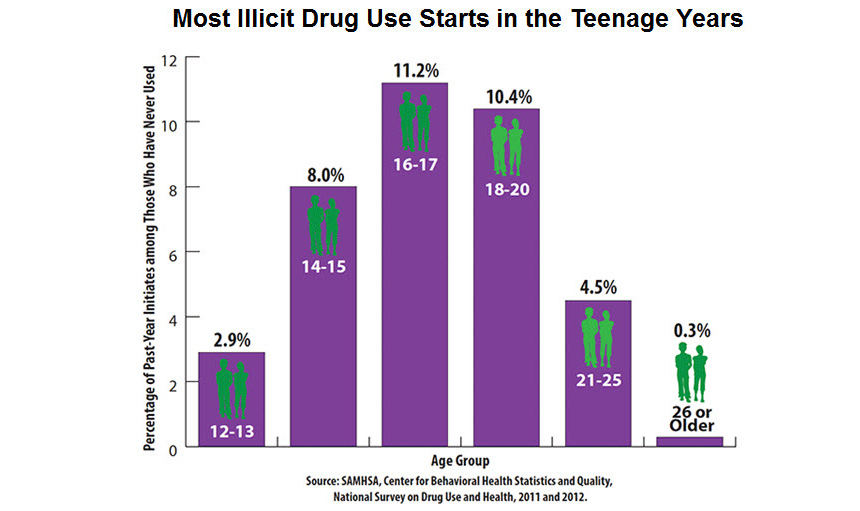 Addiction is universal. For that reason, early prevention efforts through treatment and social awareness are crucial to help decrease the detrimental effects of drug use around the world.
Addiction is universal. For that reason, early prevention efforts through treatment and social awareness are crucial to help decrease the detrimental effects of drug use around the world.
Quest Diagnostics provides robust resources to help educate the public on what drugs are, their effects, and how drug testing can help workplaces remain drug-free. Although industries outside of the U.S. are affected by substance abuse, global standards for workplace drug prevention programs are not consistent. For that reason, we have a dedicated team of experts who can help to manage the components of international drug testing such as import/export customs, collector training, and logistics to help provide a uniform standard.
To learn more about international drug testing, visit our website.
 Your Privacy Choices
|
Privacy Notices
|
Terms
|
Language Assistance / Non-Discrimination Notice | Asistencia de Idiomas / Aviso de no Discriminación | 語言協助 / 不䈚視通知
Your Privacy Choices
|
Privacy Notices
|
Terms
|
Language Assistance / Non-Discrimination Notice | Asistencia de Idiomas / Aviso de no Discriminación | 語言協助 / 不䈚視通知



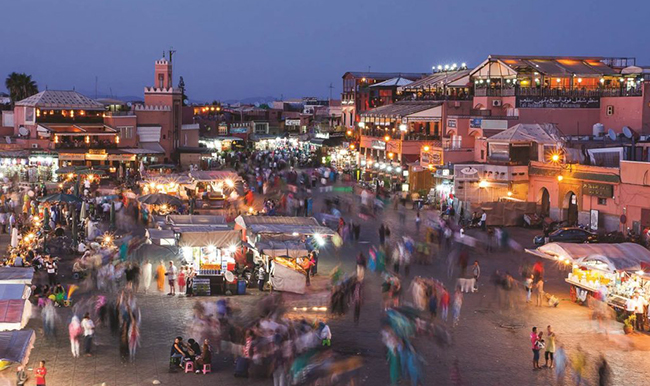

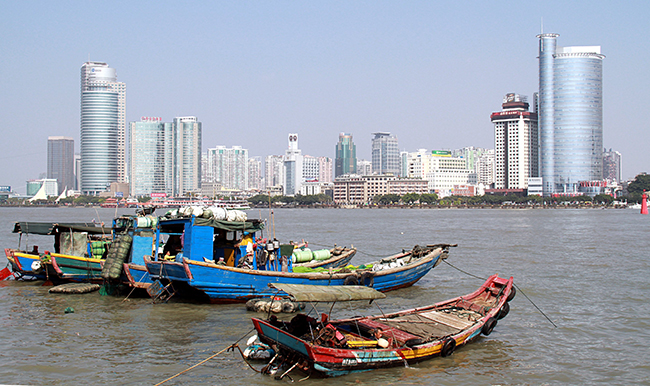



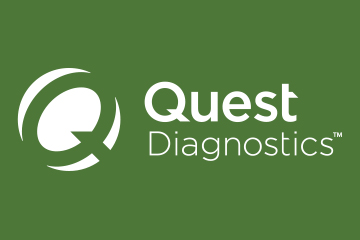
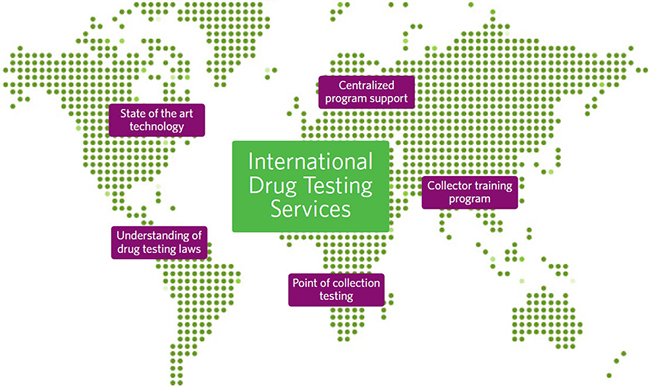




According to the United Nations Office on Drugs and Crime World Drug Report, a quarter of a billion people between ages of 15 and 64 used at least one drug in 2014. A number so large it is equivalent to the combined populations of France, Germany, Italy, and the United Kingdom. The comprehensive report highlights reasons for the rise in drug use as well as related geographical impacts.
The Americas – Heroin and morphine seizures rose to 7 tons per year over the time period of 2009-2014, and opium production in Latin American doubled from 151 tons per year to 309 tons per year over the same period of time.
Colombia – In 2014, the total area cultivating cocoa bush (the base for what eventually becomes cocaine,) accounted for 52 percent of global coca bush cultivation.
Europe – Eastern and Southeastern Europe see the highest prevalence of injecting drug use with 1.27 percent of the total European population aged 15-65 using intravenous drugs.
Islamic Republic of Iran – A study at an opioid substitution treatment clinic in the Zahedan Province showed that methamphetamine use among opioid users in treatment increased from 6 percent in 2009 to almost 20 percent in 2011.
Morocco – During 2009-2014, Morocco was the world’s largest producer of cannabis resin (hashish), closely followed by Afghanistan, Lebanon, India, and Pakistan.
Southeast Asia – In 2014, people receiving treatment for methamphetamine use accounted for the largest share of people treated for drug use in Brunei Darussalam, Cambodia, the Lao People’s Democratic Republic, The Philippines, Singapore, and Thailand.
Quest Diagnostics provides robust resources to help educate the public on what drugs are, their effects, and how drug testing can help workplaces remain drug-free. Although industries outside of the U.S. are affected by substance abuse, global standards for workplace drug prevention programs are not consistent. For that reason, we have a dedicated team of experts who can help to manage the components of international drug testing such as import/export customs, collector training, and logistics to help provide a uniform standard.
To learn more about international drug testing, visit our website.